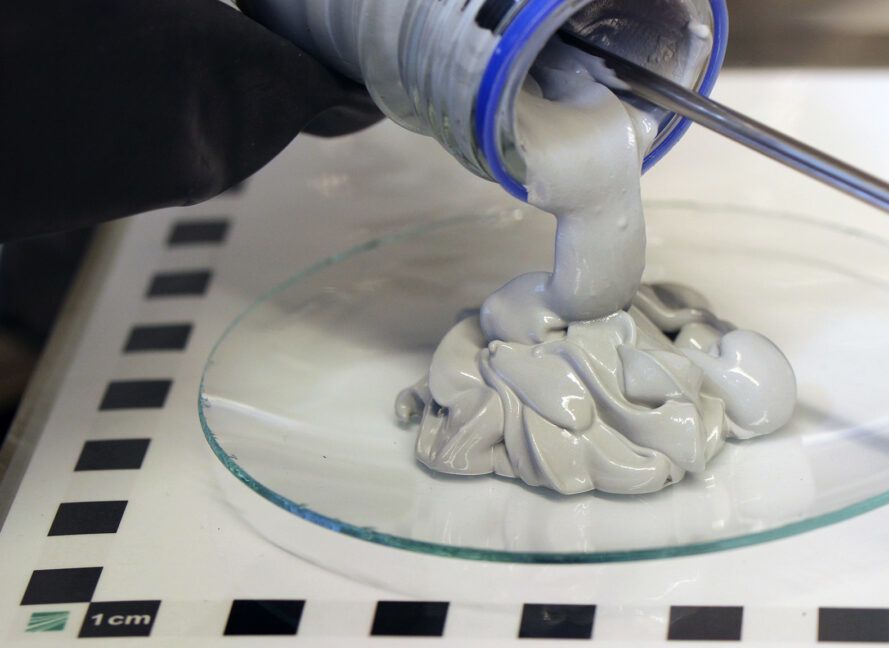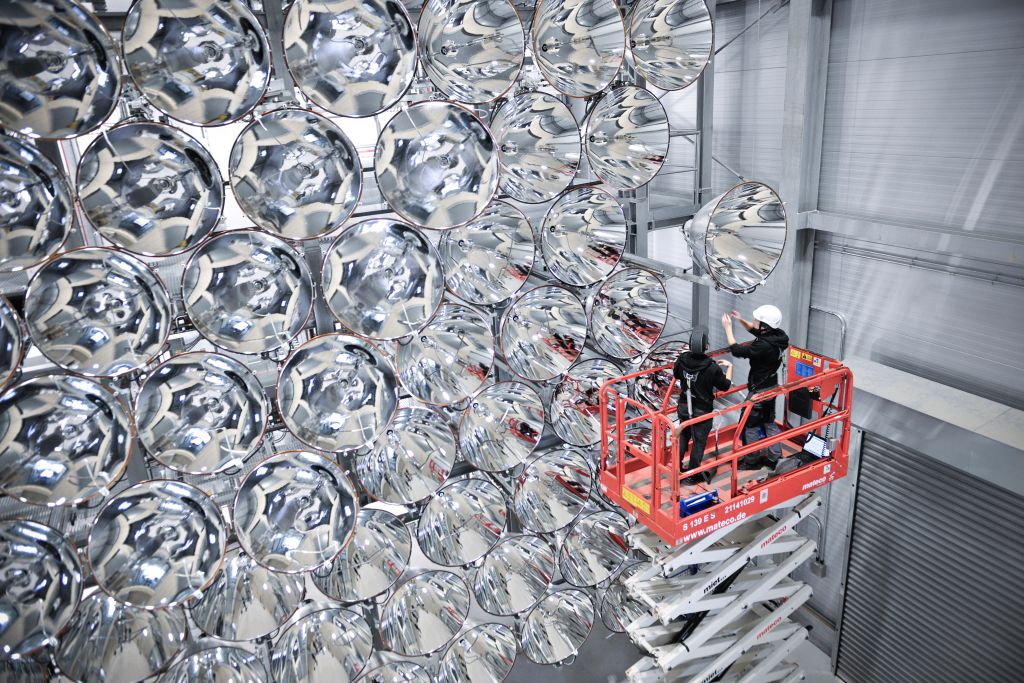
There’s growing optimism that huge amounts of natural hydrogen are stored deep underground. Now, researchers have identified the key geological features that could help us hunt for the clean-burning fuel.

German researchers have created POWERPASTE, a hydrogen fuel paste that could one day be used to fuel vehicles. The product is created from a magnesium base and would be stored in vehicles in the form of a cartridge.

The new coalition will support and accelerate the uptake of renewable hydrogen solutions in Europe. The goal is to produce 10 million tonnes of renewable hydrogen by 2030 in the EU.

A new study argues that our best chances of using atmospheres to find evidence of life is to broaden our search from focusing on planets like our own to include those with a hydrogen atmosphere.

Engineering a version of photosynthesis that might be useful for fuel production is challenging. Now, german researchers have rearranged some photosynthetic proteins to make bacteria emit hydrogen when exposed to light.

A pilot project at Keele University is pumping out a mix of 80 percent natural gas and 20 percent hydrogen made by electrolysis in a shipping container sized unit.

Researchers long ago theorized that if hydrogen gas were exposed to enough pressure, it would transition into a metal. Recent results indicate that hydrogen does become a solid at 425 gigapascals.

Orsted, a Danish company, anticipates that the scale and efficiency of wind farms at sea can play a crucial role to supply heavy industry with green hydrogen. Hydrogen is one of the few fuels that can burn hot enough to make steel and cement.

Bioscience experts in Belgium have developed a new solar panel capable of producing hydrogen from moisture in the air. Scientists claim to produce significant quantities of hydrogen gas - up to 250 litres per day.

The Energy Observer, a catamaran powered by solar, wind, and hydrogen, will sail around the world for six years.

Researchers in Australia have developed a paint for roofs and other surfaces that turns moisture in the air into hydrogen, a sustainable form of energy.

Dubbed the “artificial Sun”, the Synlight uses concentrated light to power Thermochemical Water Splitting (TWS.) The Synlight project will mimic the effect of intense, continuous solar energy, something that is not readily available in Germany.

Eminent physicist Jo Hermans acknowledges that achieving sustainable transport in the post-fossil fuel era will be a huge challenge— but finds that liquid hydrogen could offer a potential solution for future air travel.

More than 80 years after it was first predicted, physicists have created metallic hydrogen - a mysterious form of hydrogen that could be capable of superconducting electricity without resistance at room temperature.

Using two of the world's largest configurable telescopes, scientists have created the most detailed map yet of hydrogen atoms the Milky Way.